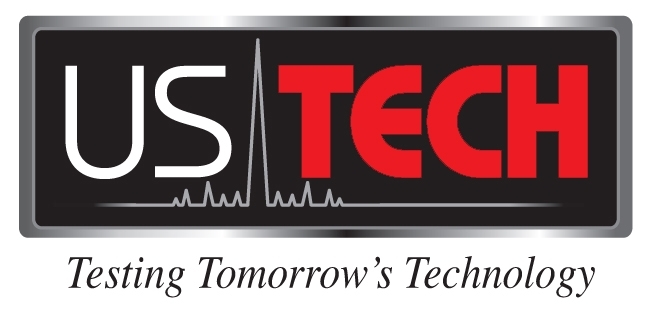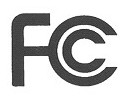Environmental Testing
Environmental testing and simulation ensure that products can withstand adverse shipping or storage conditions. Most commonly, the tests evaluate the long-term exposure to varying temperatures, humidity conditions, thermal shock, vibration, lightning surge and rain/water. US Tech offers various environmental testing services based on the individual product.
Temperature Testing
Temperature is the most common stress applied to electrical or electronic devices. US Tech offers multiple variations of temperature testing to ensure that your product can withstand this condition.
Temperature is the most common stress applied to electrical or electronic devices. US Tech offers multiple variations of temperature testing to ensure that your product can withstand this condition.
Temperature Storage Tests
Temperature storage tests are typically long-term, non-operational tests. This testing is designed to measure the degenerative effects of storing a product at a temperature extremes (cold or hot) such as in might be found in a warehouse or shipping environment.
Temperature Extreme Testing
Temperature extreme testing measures at what temperature (cold and hot) a device ceases to function properly. US Tech uses different methodologies to provide accurate results. The most common techniques are the step stress profile where the product is exposed to each temperature of interest to confirm the proper operation, and the linear profile where the product is exposed to a temperature of interest via a fast ramp up, followed by a soaking period and then a slow increase to temperatures where failure is expected.
Temperature extreme testing measures at what temperature (cold and hot) a device ceases to function properly. US Tech uses different methodologies to provide accurate results. The most common techniques are the step stress profile where the product is exposed to each temperature of interest to confirm the proper operation, and the linear profile where the product is exposed to a temperature of interest via a fast ramp up, followed by a soaking period and then a slow increase to temperatures where failure is expected.
Temperature Cycling
Temperature cycling is the process of switching between two temperature extremes, sometimes at relatively high rates of change. It is used to age products through fatigue. As components heat up and cool down, they expand and contract., causing failure over time.
Humidity Testing
Various humidity environments can be added at the appropriate temperatures in most of our chambers. We work with our clents to ensure that functional testing of the product occurs according to their test plan and specifications.
Various humidity environments can be added at the appropriate temperatures in most of our chambers. We work with our clents to ensure that functional testing of the product occurs according to their test plan and specifications.
Thermal Shock
Thermal shock is, in essence, thermal cycling at a very high rate of temperature change, typically 30 C degrees per minute or higher.
Thermal shock is, in essence, thermal cycling at a very high rate of temperature change, typically 30 C degrees per minute or higher.
Vibration Testing
Vibration is one of the more common mechanical stress environments. We can expose products to the equivalence of 10,000 pounds from 8Hz to 3000Hz.
Vibration is one of the more common mechanical stress environments. We can expose products to the equivalence of 10,000 pounds from 8Hz to 3000Hz.
Lightning Surge
US Tech uses state-of-the-art surge equipment to apply electrical surges of varying characteristics. Such potentially destructive testing is performed to verify a product's vulnerability to electrical surges, in particular, lightning surges, on either the power lines or telephony interfaces. Clients may define specific rise and decay times of surge wave shape characteristics to be applied to their test samples or simply choose from the many pre-programmed tests such as the Type A, Type B, or Power Line surges.
US Tech uses state-of-the-art surge equipment to apply electrical surges of varying characteristics. Such potentially destructive testing is performed to verify a product's vulnerability to electrical surges, in particular, lightning surges, on either the power lines or telephony interfaces. Clients may define specific rise and decay times of surge wave shape characteristics to be applied to their test samples or simply choose from the many pre-programmed tests such as the Type A, Type B, or Power Line surges.
Please contact a sales representative at 770.740.0717 or via email at This email address is being protected from spambots. You need JavaScript enabled to view it. for detailed information.


